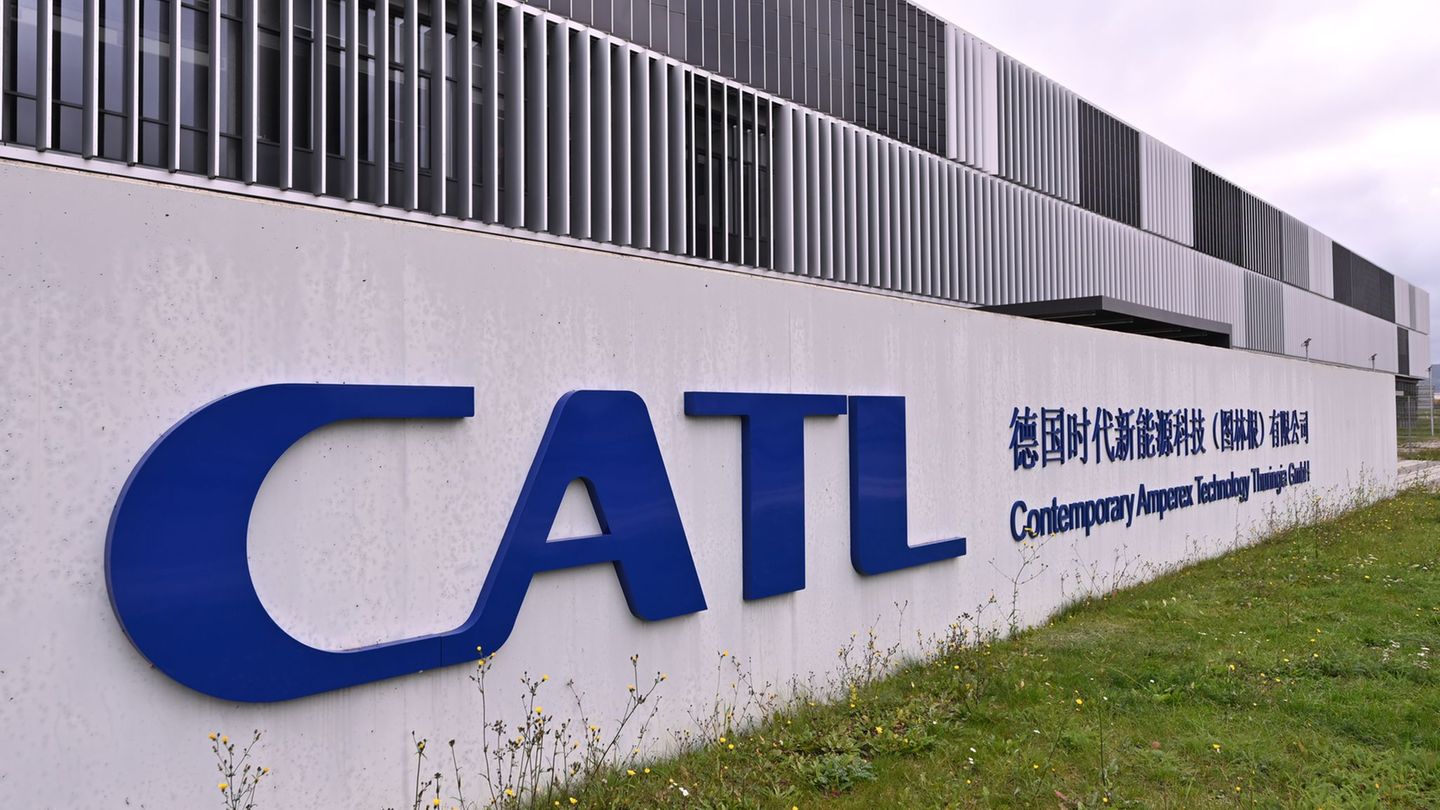Specifically, the Fed chief said that It’s time for the US central bank to cut interest ratesas rising risks to the labor market leave no room for further weakness and inflation is close to Fed’s 2% target. “Upside risks to inflation have diminished and downside risks to employment have increased,” Powell said.
How Powell’s signal could impact global assets
For Cohenwith a possible reduction in rates in the United States, Investors may want to consider increasing their exposure to US equity assets that benefit from lower rates. For example, “sectors that issue debt to finance their growth, such as technology, and/or industries that benefit from lower cost of credit for consumers, such as consumer discretionary or real estate.”
Thus, on this day, the main indices of Wall Street operated on the rise. The Dow Jones rose 1.1%, the S&P 500 advanced 1.2% and the Nasdaq rose by 1.5%. In turn, The dollar index fell after Powell’s words, which caused a rebound in its main peerslike the pound sterling, the Australian dollar and the New Zealand dollar. Sterling rose more than 0.8% above $1.32, its strongest since March 2022. Treasuries rose across the curve.
How the rate cut can affect Argentine assets
“The Fed sweetened the market’s ears with a speech in favor of starting rate cuts. This has driven flows towards emerging markets, generating an increase in fixed income and is the factor in the increase in local sovereign debt, since there are not many internal drivers,” said Andrés Reschini of F2 Financial Solutions and expanded from his account in X: “The main currencies of the region and the world are appreciating against the dollar and that helps us with the Real Exchange Rate (RER). But on the other hand, the CCL dollar is resisting falling and that is not a good sign of the market’s mood at the local level.”
With the international tailwind in its favour, but with some doubts at the domestic level due to the legislative setback, The S&P Merval rose 1.9% to 1,606,967.39 points on Friday and, measured in dollars, advanced 1.8% to $1,249.59. The stocks that rose the most were banking stocks, with Grupo Financiero Galicia and Banco Supervielle leading the way, with 4.3% and 3.2%, respectively. The hard dollar curve also ended with positive yields and, according to financial analysts, strong demand.
“Domestic assets have tried to recover after the weakness recently unleashed by political noises, of which they have been ‘hostages’ especially in the last few days, given that A climate of greater consensus would be necessary to continue advancing – and to give sustainability over time – to the process of economic ordering that the current administration has been decisively promoting.“, said the economist Gustavo Ber.
And he added: “It happens that having support on the main guidelines is key to extending the fiscal and monetary anchor, as well as the process of disinflation. At the same time, it is necessary to promote incentives and reforms that allow attracting investments and generate an economic recovery that will continue to allow progress towards an orderly exit from the restrictions and a crucial reduction in country risk.“.
In this regard, from Investing in the Stock Market (IEB), overweighted certain stocks in a local equity portfolio. “We believe it is appropriate to continue with a strong position in the Oil & Gas sector, “since we find more solid fundamentals and great growth potential in it, which allows us to obtain both defensiveness and future upside,” they said and maintained positions in banking papers. (Macro and Supervielle), in energy companies such as YPF, Pampa Energía, Southern Gas Transport, Northern Gas Transport and Vista Energy.
Source: Ambito
I am a 24-year-old writer and journalist who has been working in the news industry for the past two years. I write primarily about market news, so if you’re looking for insights into what’s going on in the stock market or economic indicators, you’ve come to the right place. I also dabble in writing articles on lifestyle trends and pop culture news.




